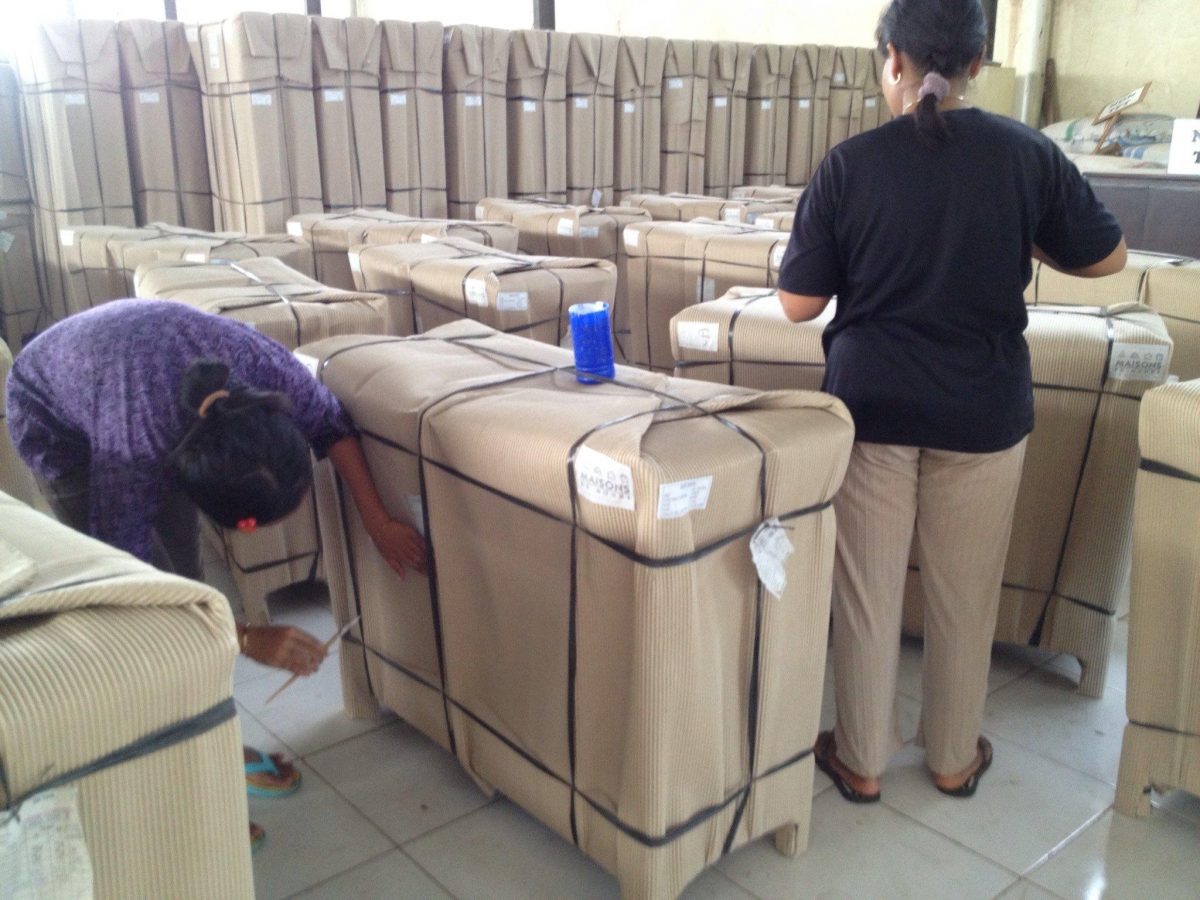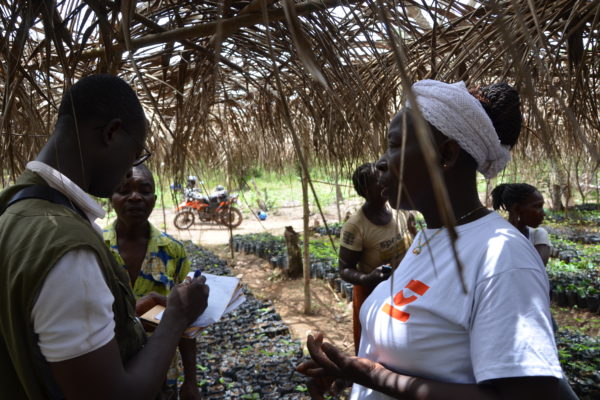To manufacture a product with a truly transparent supply chain requires huge effort.
To manufacture a product with a truly transparent supply chain requires huge effort. I saw this first-hand during a visit to a Maisons du Monde furniture supplier whose products hold QR codes. These codes, scannable by smart phone, tell the customer the story behind a product, where it comes from and how it was made.
For TFT, the story told through our QR code system is very important. It offers a window to the consumer – one that is rarely available. It demonstrates not only how a product is made, but also what responsibility in a supply chain looks like. There are few companies whose products are traceable back to source, and establishing a system that allows this should not be underestimated.

For a TFT member to place a QR code on a timber product, their supplier must be part of TFT’s Wood Control System (WCS). Suppliers who are part of TFT’s WCS are audited regularly to check they have strict measures in place to record where they bought the wood from and that no contamination from other wood sources has occurred in the factory while the wood is going through the various stages of production.
During my visit on 1st May 2013, I shadowed TFT auditors Hartono and Riza as they completed a WCS audit and a final audit. These audits are completed to verify exactly where the product came from before the QR code, which is unique to each product, is issued. The ‘final audit’ is required before a shipment can leave the factory with the QR codes.
Hartono leads me around the rear of the factory to the log yard, where he checks the logs for a unique code. It is hot and dusty, and we all wear fabric masks to protect us from the dust.

Whilst he works, Riza explains that the unique number of each log tells him the forest of origin, as well as the month and year it was harvested. Each log then has an individual number that links it to the exact tree stump from which it was cut.
TFT’s QR code system is tightly controlled; a code is not issued until TFT is completely satisfied that the materials used in the manufacture of the product come from a legal and responsible source known to TFT.
While Hartono checks the logs, Riza explains that as the logs are transformed into furniture, this unique code is carried by the wood throughout the entire procedure, which he then tracks during the auditing process. The code can even be found on the final product in Maisons du Monde stores.
At each stage, Riza checks the documentation that accompanies the wood in order to confirm there is a paper trail detailing that the wood arriving at one station is the same wood to leave the previous station. He inspects the sawmill, where the logs are cut into planks. Two men work together, feeding the logs into the saw, sawdust and wood chippings carpeting the floor around them. Riza carefully scrutinises the cross cut and rip cut stations, where the planks are further cut down to size, before moving onto the milling and assembly stations to ensure that the unique code is traceable throughout.
Once the field team has completed the audit, the findings are sent to Maison du Monde’s relationship manager at TFT. They will send a QR code to the supplier only once they are satisfied that the documentation is correctly recorded and that the wood has come from the forest source it is claimed to, without contamination or substitution.
During my visit, I was struck by how manual the process of furniture manufacturing is; I expected to see a more mechanised production line, but was surprised at how artisanal it was, with skilled carpenters crafting furniture by hand. Men squat with spray cans over parts of furniture whilst they varnish it. The wood is then propped up on jerry cans in one corner of the factory for drying. Before the furniture leaves the factory, women attach each label onto the packaging using a gluepot and paintbrush.
During the milling process, the wood is fashioned into the shapes needed to assemble the final piece of furniture. Each station is labelled to indicate that it is TFT wood, which prevents contamination from other wood sources.
The QR codes are attached to the product before it leaves the factory to be shipped to the stores of our members. When the product finally reaches the customer, they can then scan the QR code to see the journey their furniture has taken. For a customer to have that sort of insight into a supply chain, we must be 100% confident that the story we are telling is accurate. Only when a supply chain is truly traceable can a company have this degree of openness with its customers.


